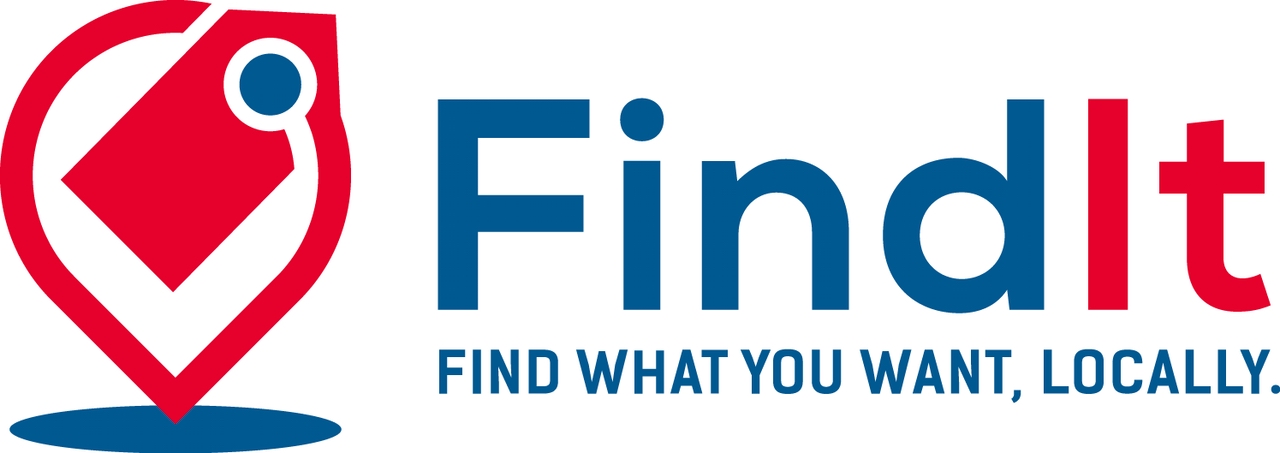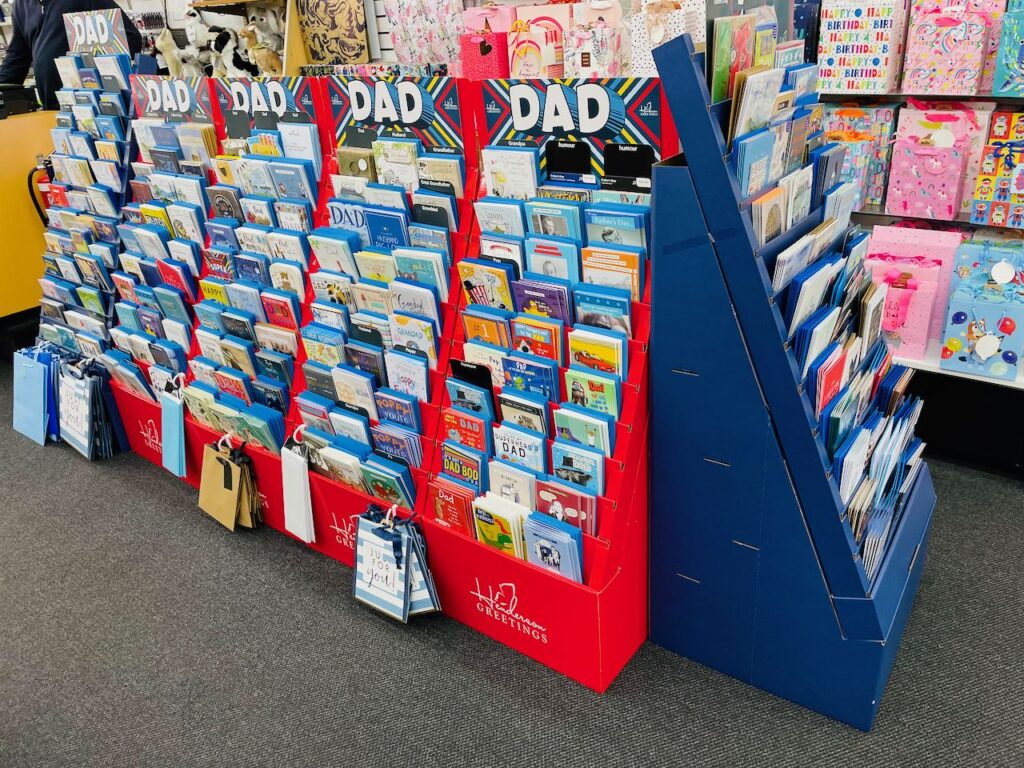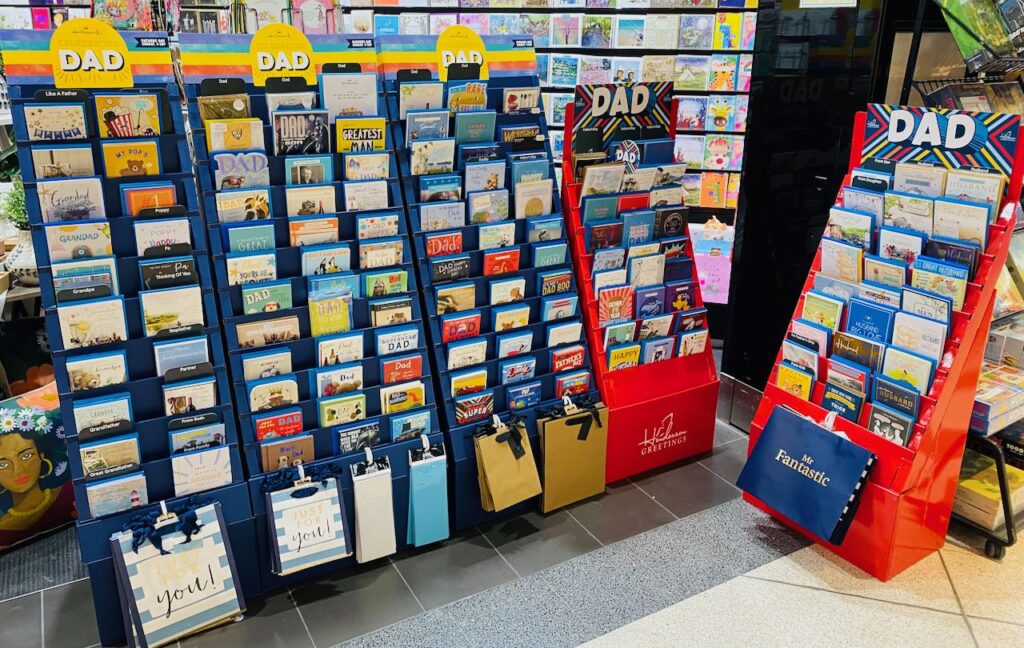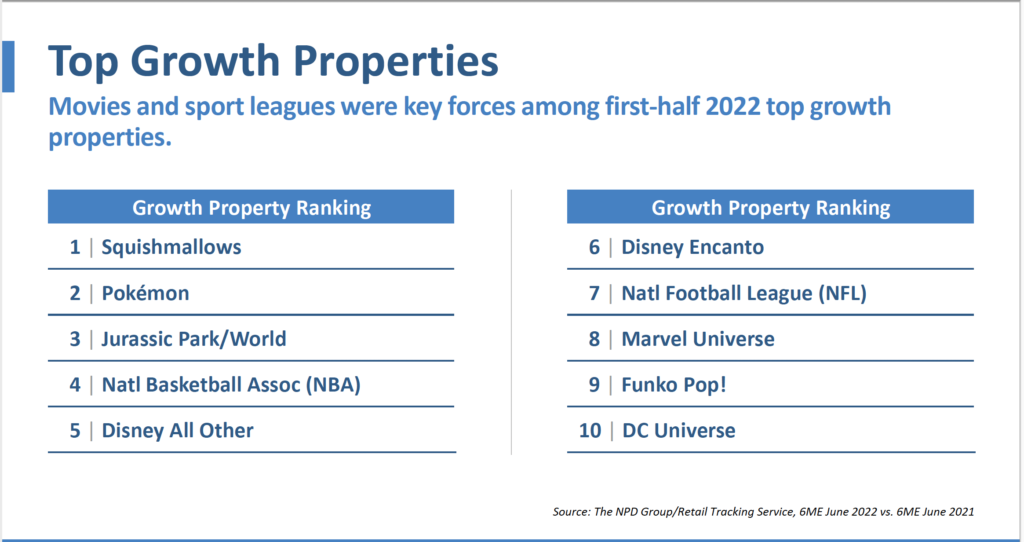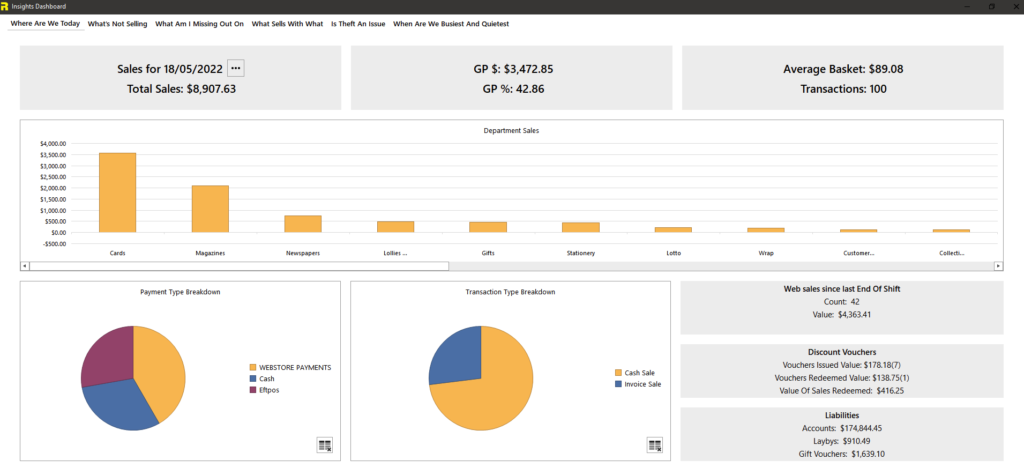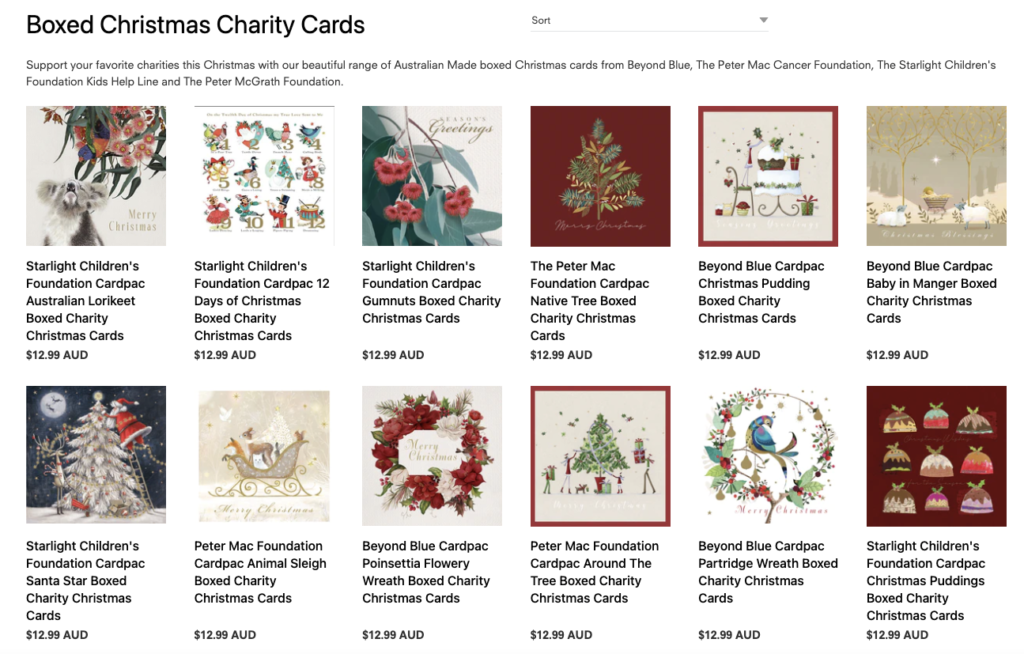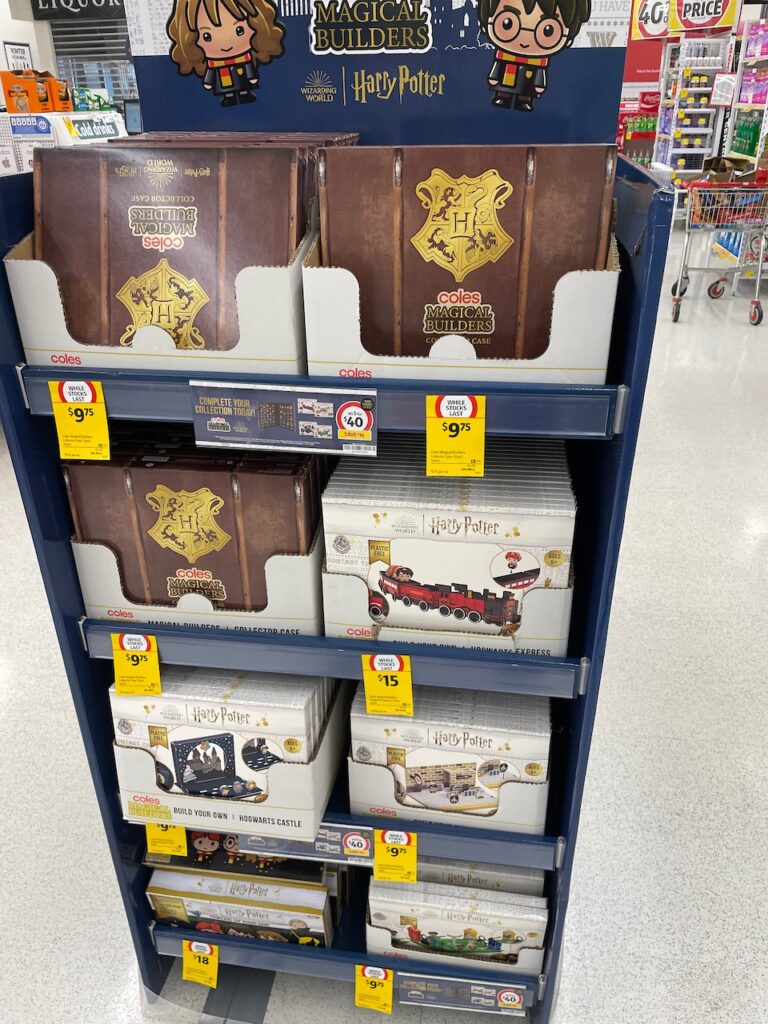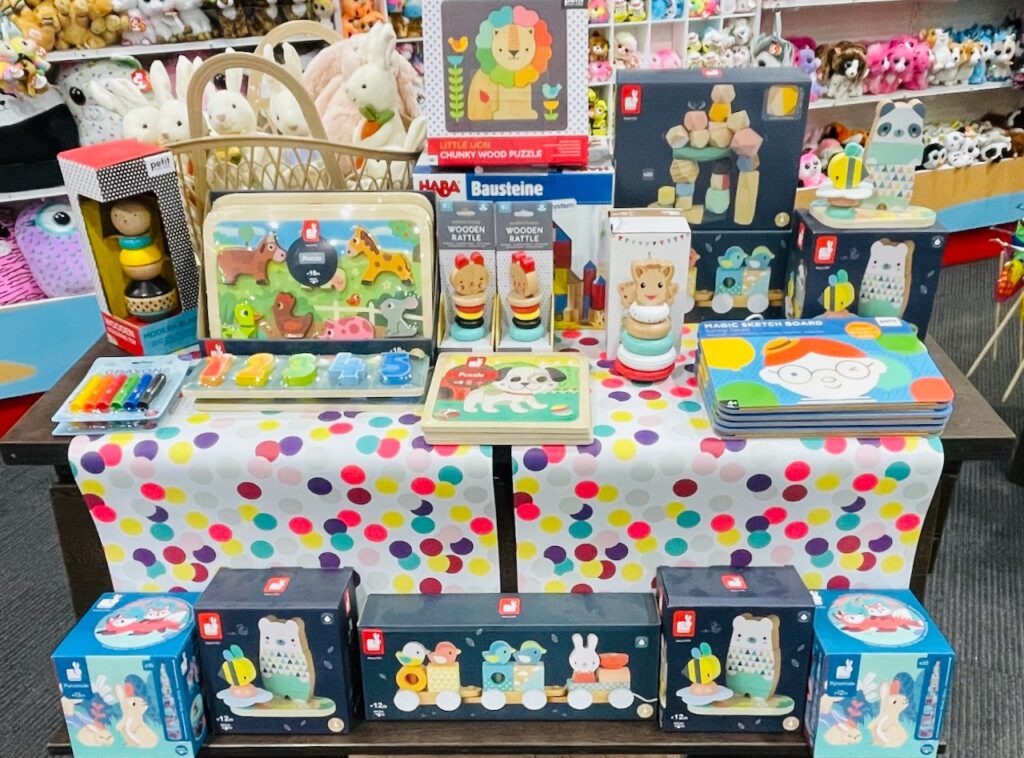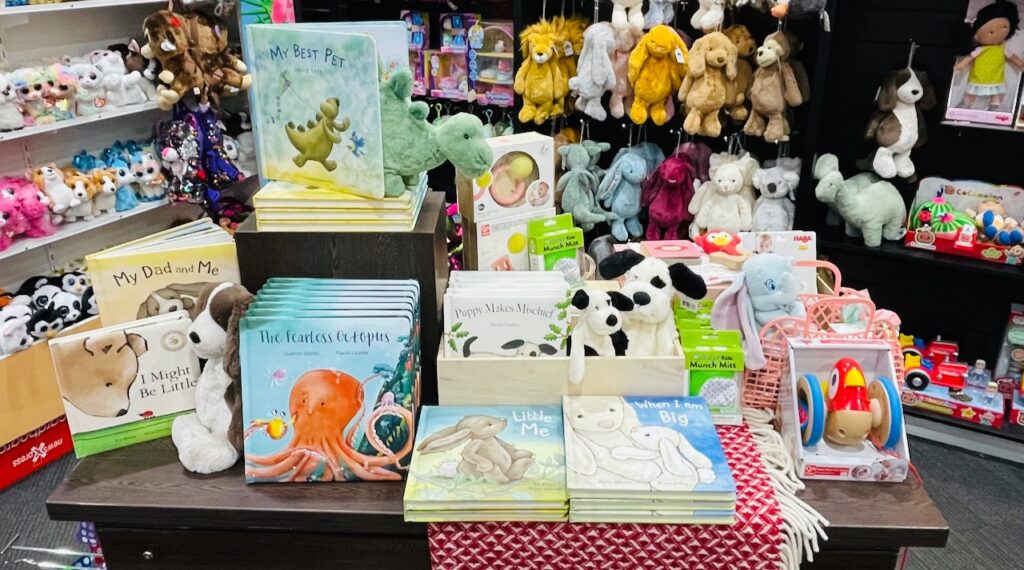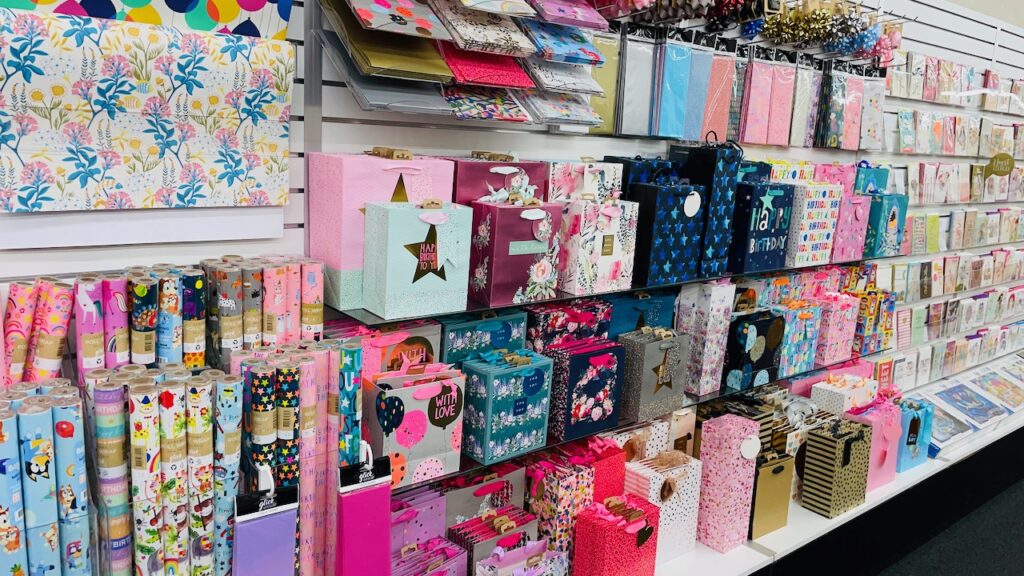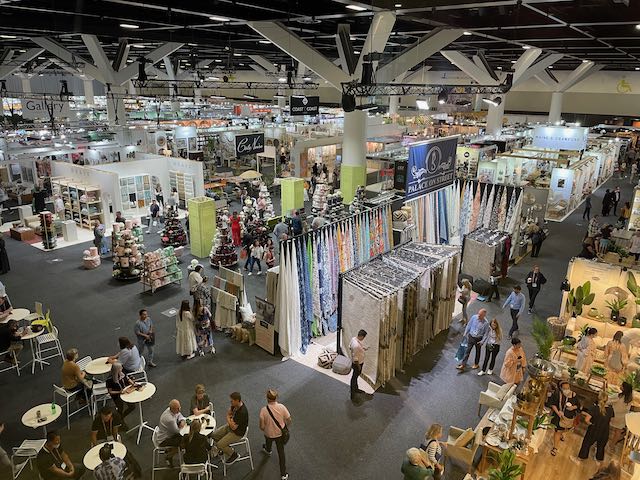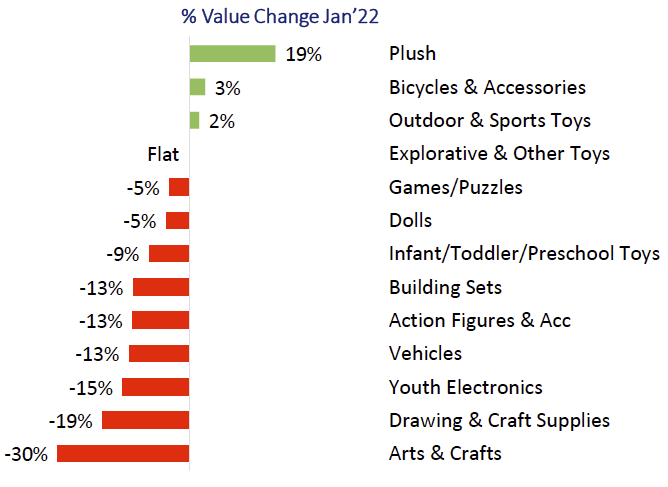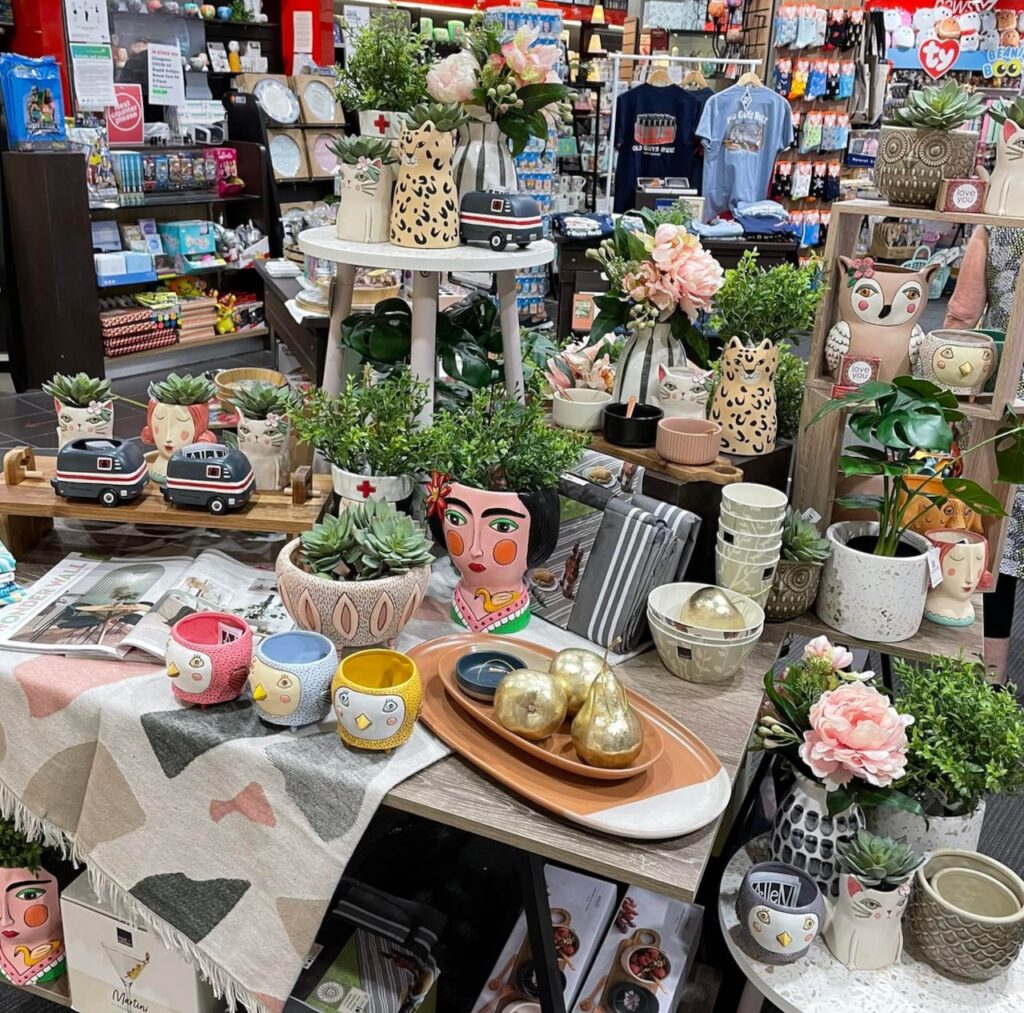Thank you to the 109 newsagents trading under a variety of shingles who provided sales data for this benchmark study. Your transparency will help many in our channel.
Strong first half of 2022 for local retail newsagencies.
Newsagents, overall, had a good first half of 2022 when comparing trading figures with 2021. While the increases reported are modest, this is on the back of a better than good 2021 because of Covid.
Of particular interest are strong performances for gifts, magazines, books and toys.
The results show the local newsagency as a business with a strong traffic and revenue core. They also show opportunity considering the growth in some categories for some and not others.
While this latest newsagency sales benchmark study does not include shopping centre businesses as the sample group was too small, I note that they appear to have had a rough first half – begging a question about the status of the shopping centre setting.
After comparing data from the businesses in the benchmark dataset here are the averages for business performance measurement points and categories, comparing January through June 2022 with the same months in 2021:
- Revenue: Up 2%.
- Sales count: Down 1%.
- Basket value: Up 8%.
- Items per basket: Up 6%.
- Average item value: Up 7%.
- Greeting card revenue: Down 2%.
- Magazines unit sales: Down 4%.
- Toy revenue: Up 6%.
- Gift revenue: Up 8%.
- Book revenue: Up 7%.
- Stationery revenue: Up 5%.
The percentages are small, especially when you look at 2021 over 2019, however, that earlier comparison was comparing pre-Covid with Covid, which for high street newsagencies was massive.
Since the above results are averages, there are some considerably below and some considerably above.
In terms of type of business, the best performing newsagencies I see in the data are high street suburban followed by high street regional / rural.
It’s what is not in the above benchmark results that is interesting. There are some newsagents experimenting with success. Homewares, whitegoods, hardware and spectacles are all categories delivering growth in reports for a small number of participating businesses. I can see several going from $0 to a reasonable number in on introducing the category.
Some newsagents are quitting categories, too, like ink and toner, toys for some and some agency lines.
There is also interesting data within departments, like stationery and magazines:
- In stationery, sales are strong for everyday items like pens and paper and less so for less frequently purchased items. Pens, for example, continue to command around 30% of all stationery revenue in newsagencies with strong pen sales. Given their percentage of space allocation and capital requirements, this makes pens a prized segment. I wonder whether there is an opportunity for newsagents to price some stationery with a convenience premium.
- In magazines, weeklies experienced the biggest decline, an average of 9%, followed by women’s interests while special interest, crosswords and craft & hobbies experienced above average growth to sustain overall magazine performance.
In this benchmark dataset there are 2 newsagencies that introduced gifts, toys and plush to their businesses. In each case the three new categories accounted for more than 6% of total revenue for the six months. One business introduced trading cards part way through the six months and did more than $12,000 in revenue.
The shopper traffic challenge.
A big challenge I see in the benchmark data is shopper traffic.
Our channel was built on being a destination for papers, magazines, cards, lotteries, stationery and, back in the day, tobacco. We’d open the front door and people would come in. Newsagencies were businesses that benefited from the habit based shopper.
Those days are gone, more so in the city than the country, but they are gone.
We need to work harder at attracting shoppers, by stocking a broader range of habit based products and by showing guiding people to purchase, by educating them, enticing them. We do this by being smarter and more engaged retailers, and by doing these things inside and outside of our shops.
Every newsagency, every retail business, needs a new shopper traffic strategy, because if were are not growing the shopper pool, the future of our businesses is at risk.
Stock what could attract new shoppers, display it so passers-by can see it, pitch on social media.
If all we do with something new is put it on the shelf, we fail that new traffic opportunity.
The run home to Christmas
July through December are critical for any retailer. Maximise the opportunity:
- Go out as early as possible with Christmas.
- Pursue attracting new shoppers.
- Stop doing what’s not making you money, which may include adjusting opening hours.
- Quit dead stock.
- Follow any green shoots in your business data, every business has these.
- Be frugal with your roster.
- Make your shop look the best it has been.
I say all this because even though our channel is producing good results, we have plenty of competitor retailers who are energised to win business, and you don’t want them winning it from you.
The next six months matter because they set you up is you may want to sell next year, they put more money in your pocket and they help you enjoy your business more.
…
I own and run four newsagencies. Over the years I have had three others. I own newsXpress, a newsagency marketing group focussed on helping newsagents attract new shoppers.
Mark Fletcher
M | 0418 321 338
